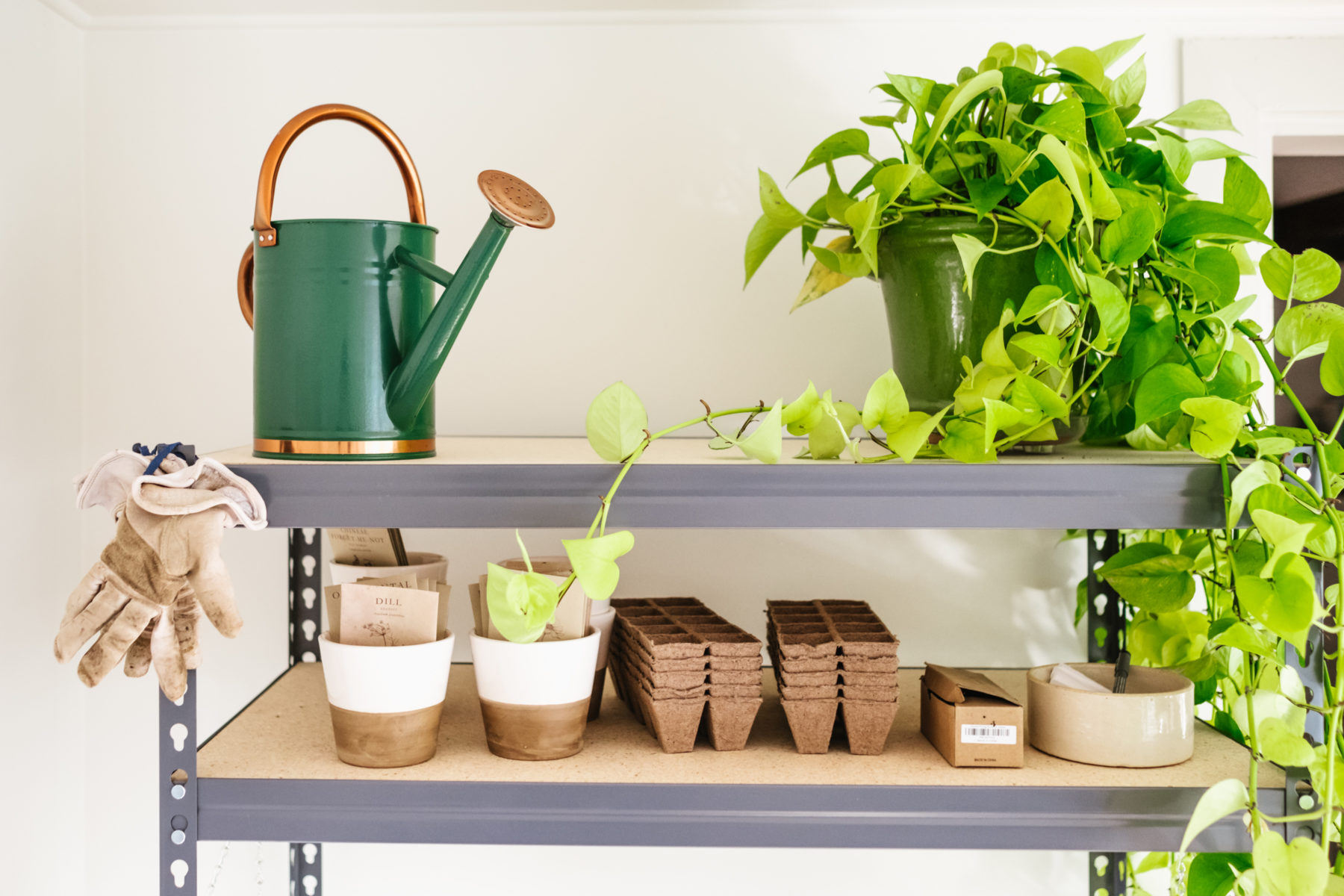
The potential in the Park House back yard was one of the greatest motivations we had for purchasing the home. It took a lot of work to get her to where she is now (before and after pics below!) but it was definitely worth the time and investment.
before:
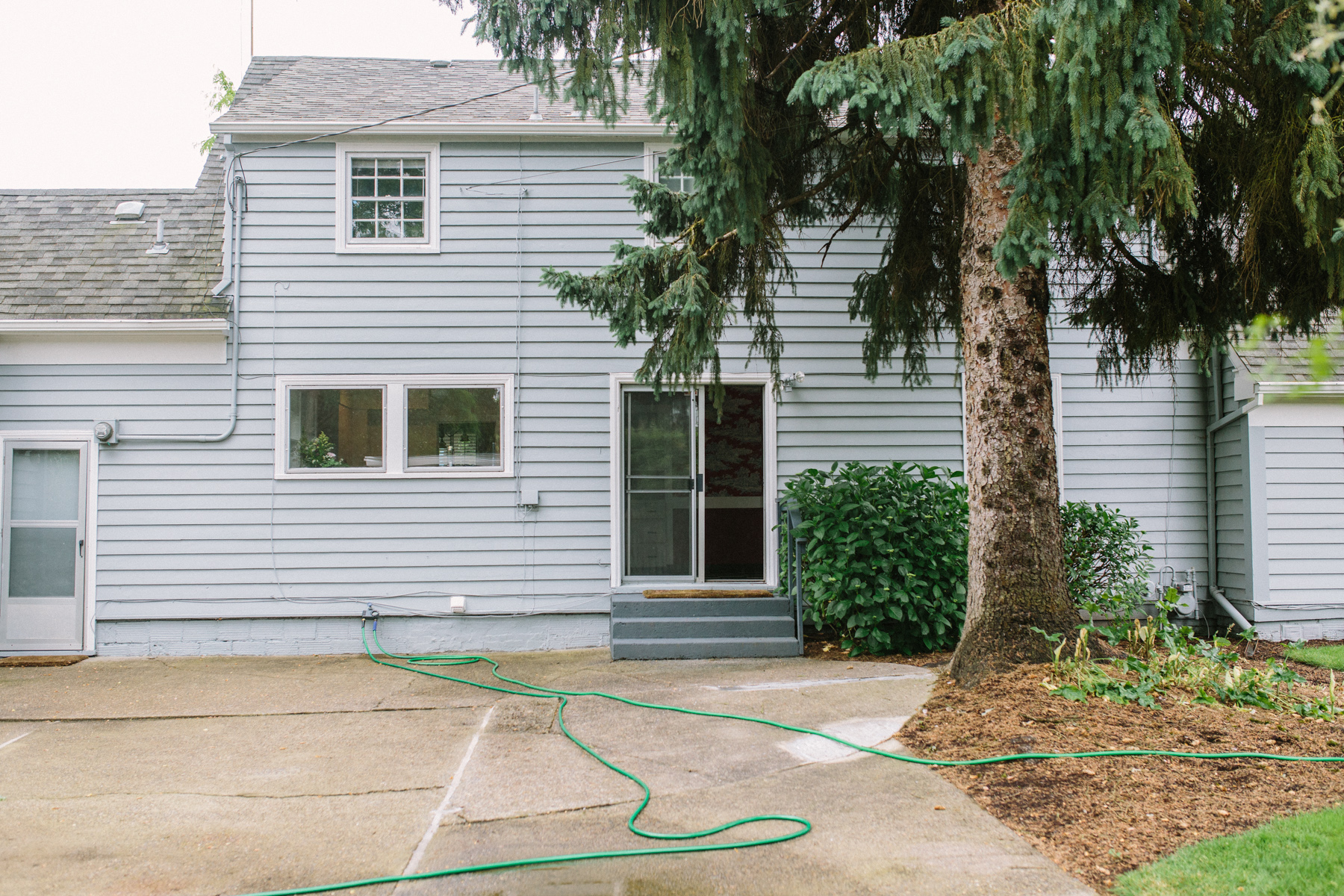
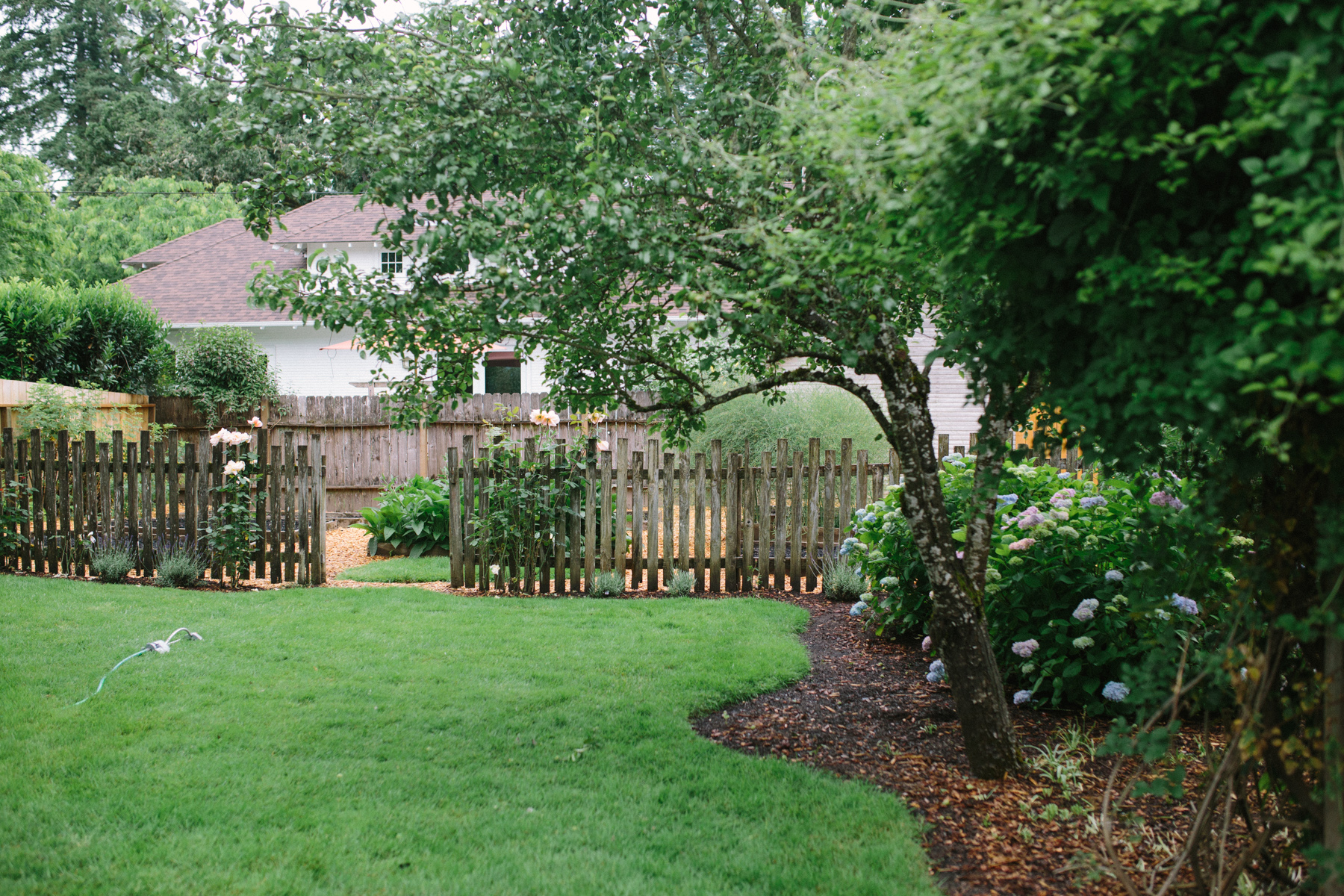
after:
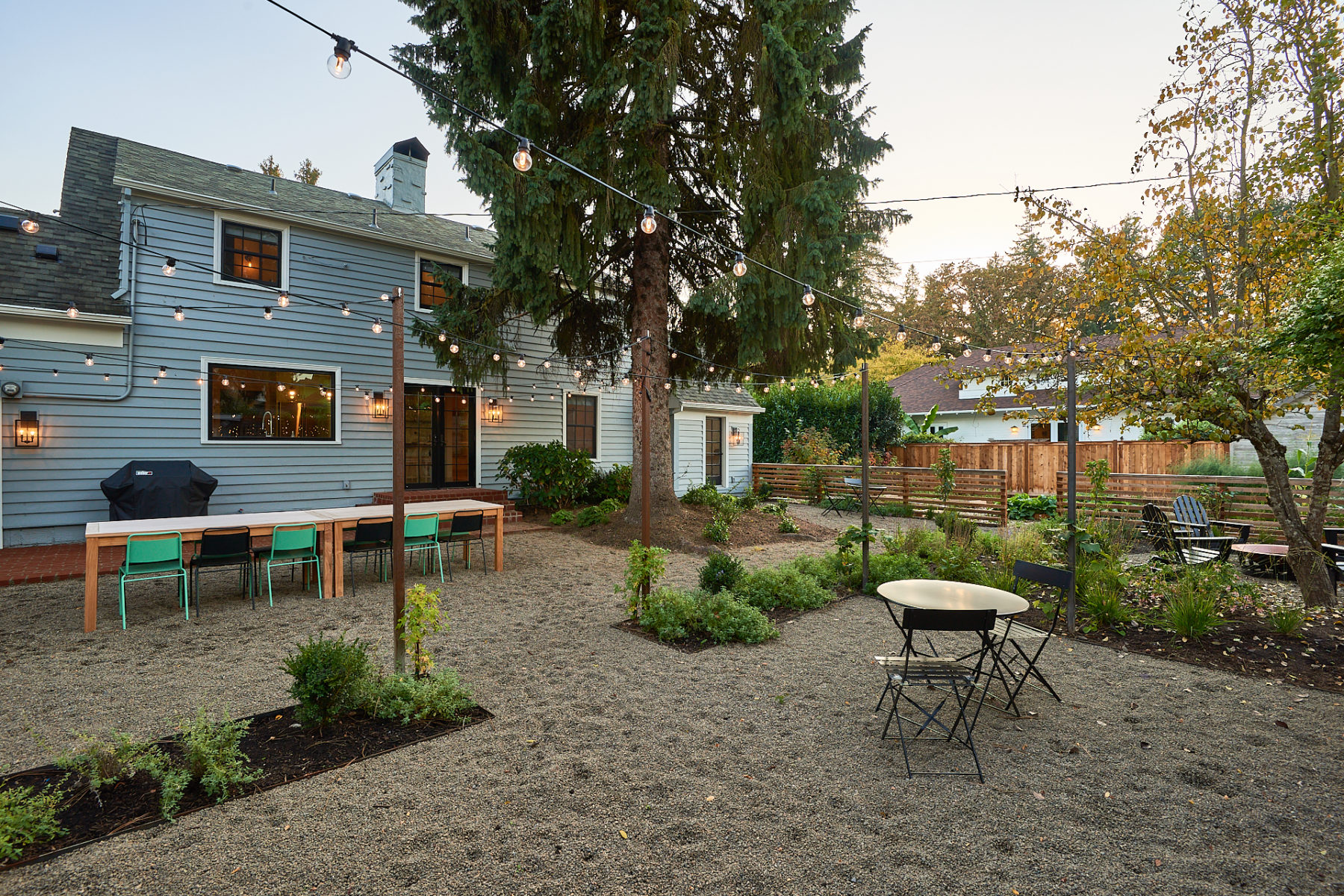
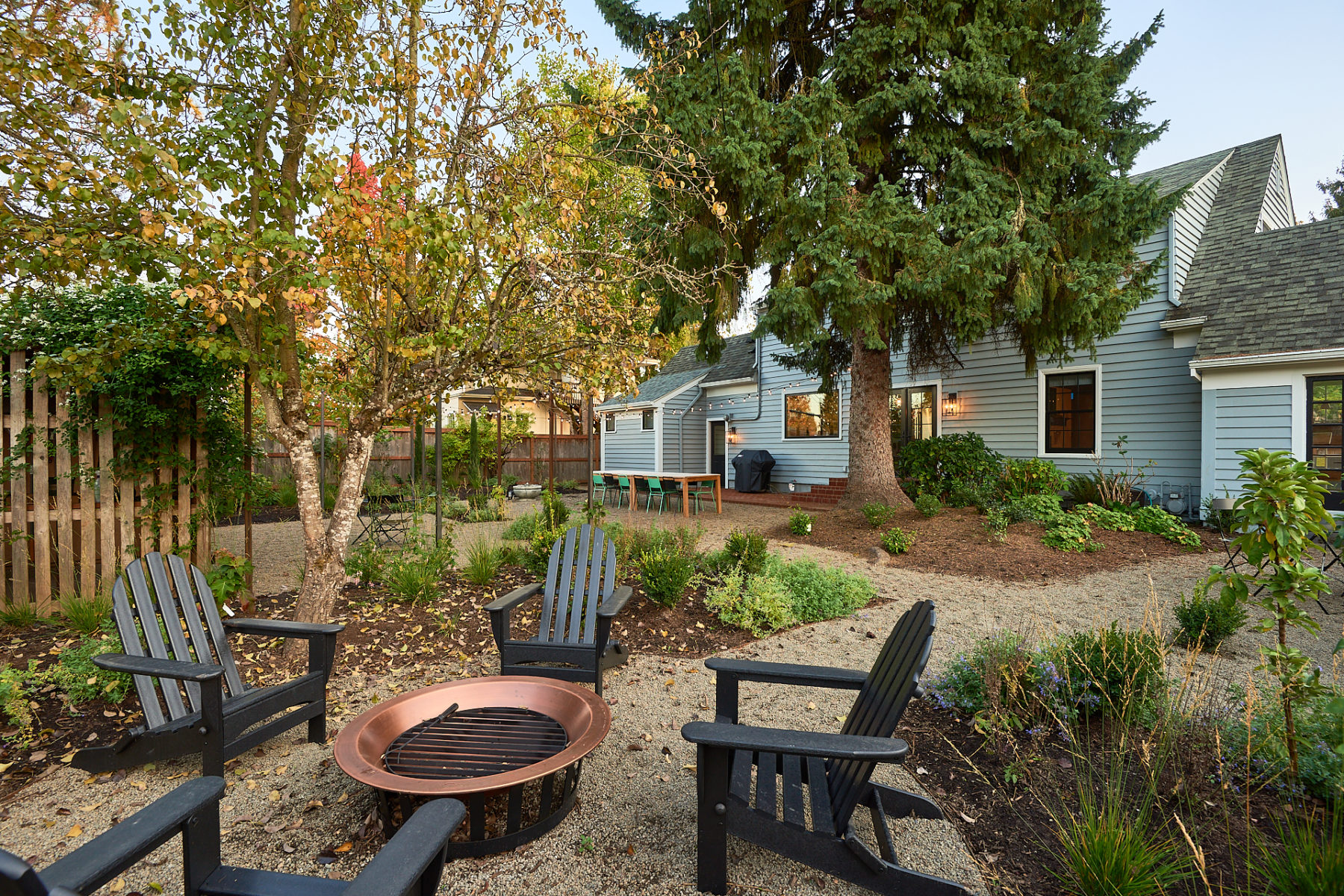
We had big plans for the garden area beyond the low fencing, which housed eight raised beds. After planting one of them with an herb garden (rosemary, sage, thyme, mint, oregano and chives) in our first summer, we started planning cut flowers and vegetables for the rest. We envisioned an environment for both ourselves and our guests to enjoy, with functional plantings that would provide material for eating, cutting, and just enjoying the view.
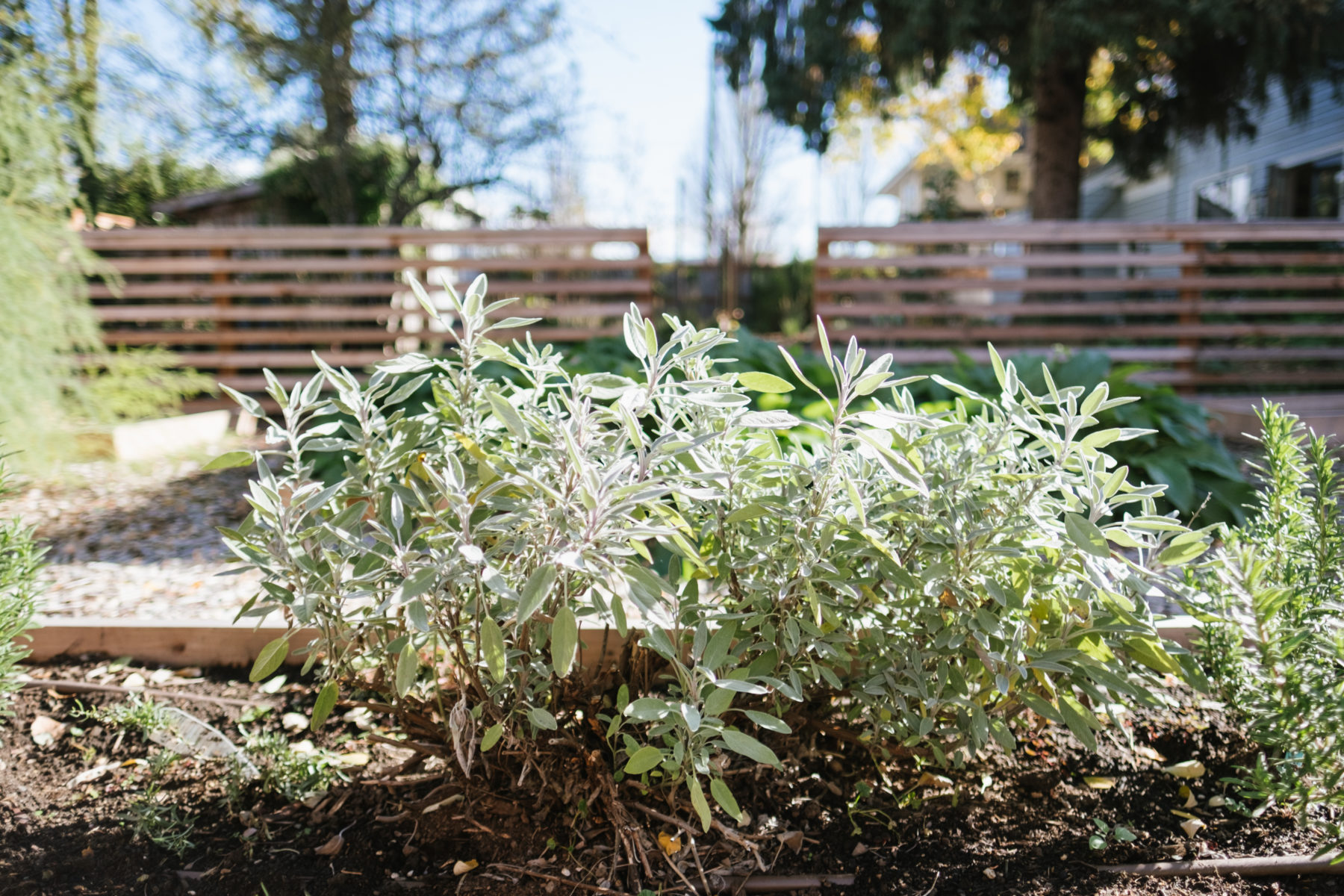
While we were able to purchase starts for some of the basics (tomatoes, herbs) we needed to start from seed or bulb for many of the cut flowers and less typical plantings that we wanted. I headed to Floret Flowers to get the goods.
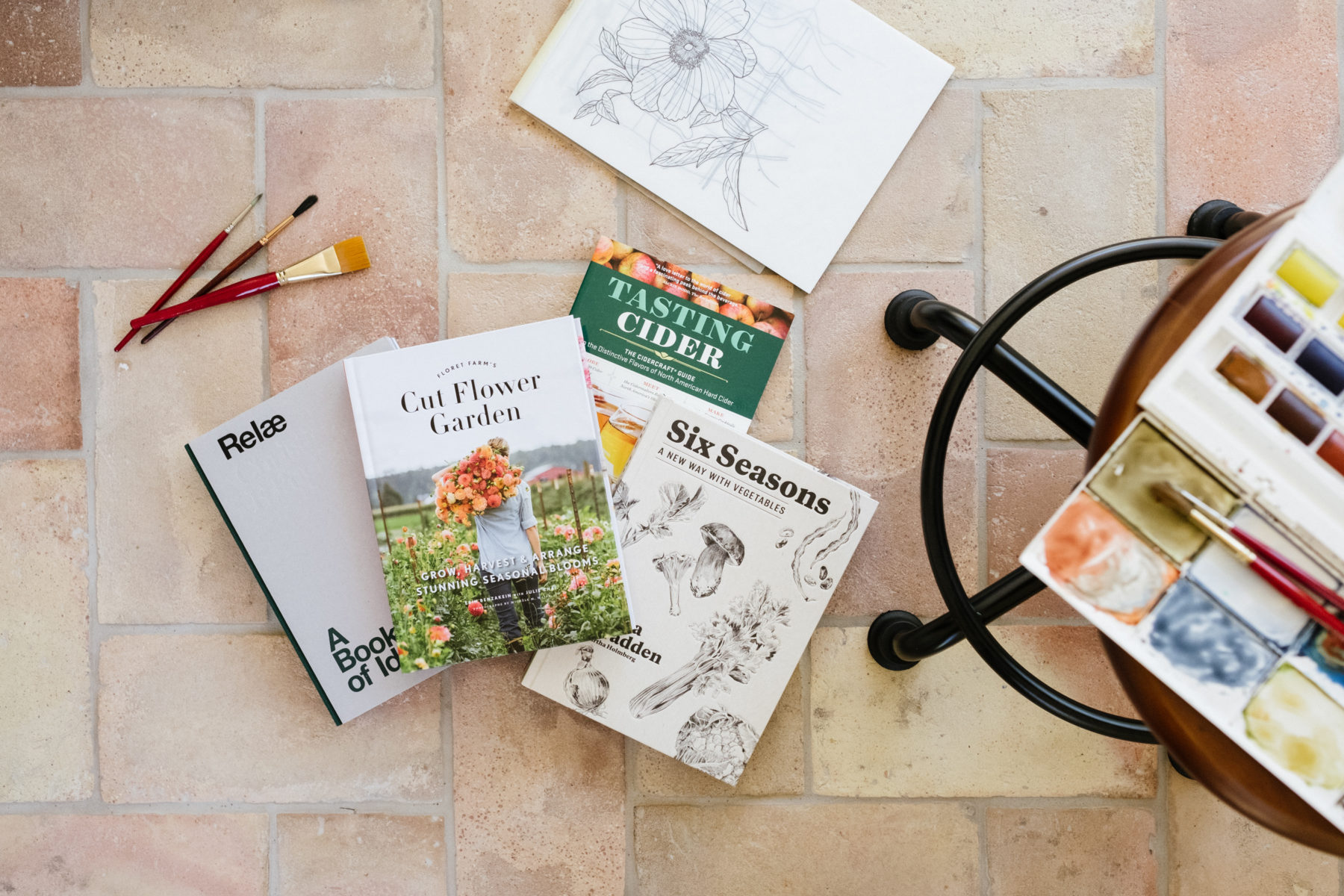
If you’re looking to start your own cut flower garden, I HIGHLY recommend Erin of Floret Flowers’ book, The Cut Flower Garden, as the best place to start your research. It’s loaded with very helpful tips and immediately usable strategies for getting your garden going. With the goal of providing both statement flowers and filler for arrangements that we could use throughout our rental homes, I settled on these seeds to start:
- Apple of Peru
- Bachelor’s Button
- California Poppy
- Celosia
- Chinese Forget Me Not
- Cosmos
- Cress
- Iceland Poppies
- Larkspur
- Ornamental Grass
- Shirley Poppy
- Sweet Pea
- Tomatillo
- Yarrow
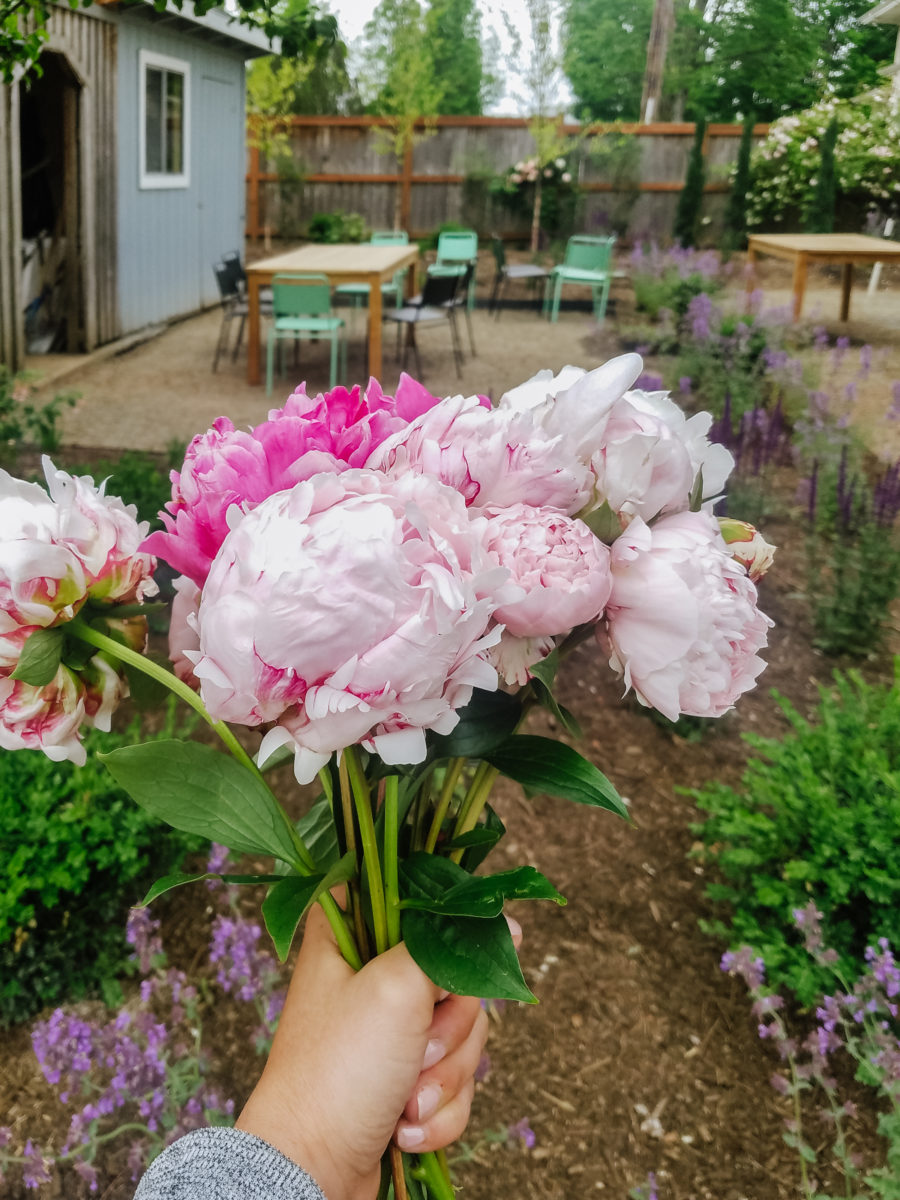
While most of them need to be started inside over the late winter months, a few will be direct seeded into our beds in the spring: Shirley Poppy, Larkspur, Bachelor’s Button and Cress. We also bought and planted a few bulb varieties to complement the peonies we already have (and obsess over!) on the property: Narcissus, Green Wave Parrot Tulips, and Foxy Foxtrot Tulips.
Seed Starting Resources:
To start our seeds, we set up a little nursery in the Park House art/sunroom. It’s flooded with light and has (the most amazing to die for) floor of antique pavers, making it the perfect environment for our needs. We set up sturdy shelving from Lowe’s and added the necessities.
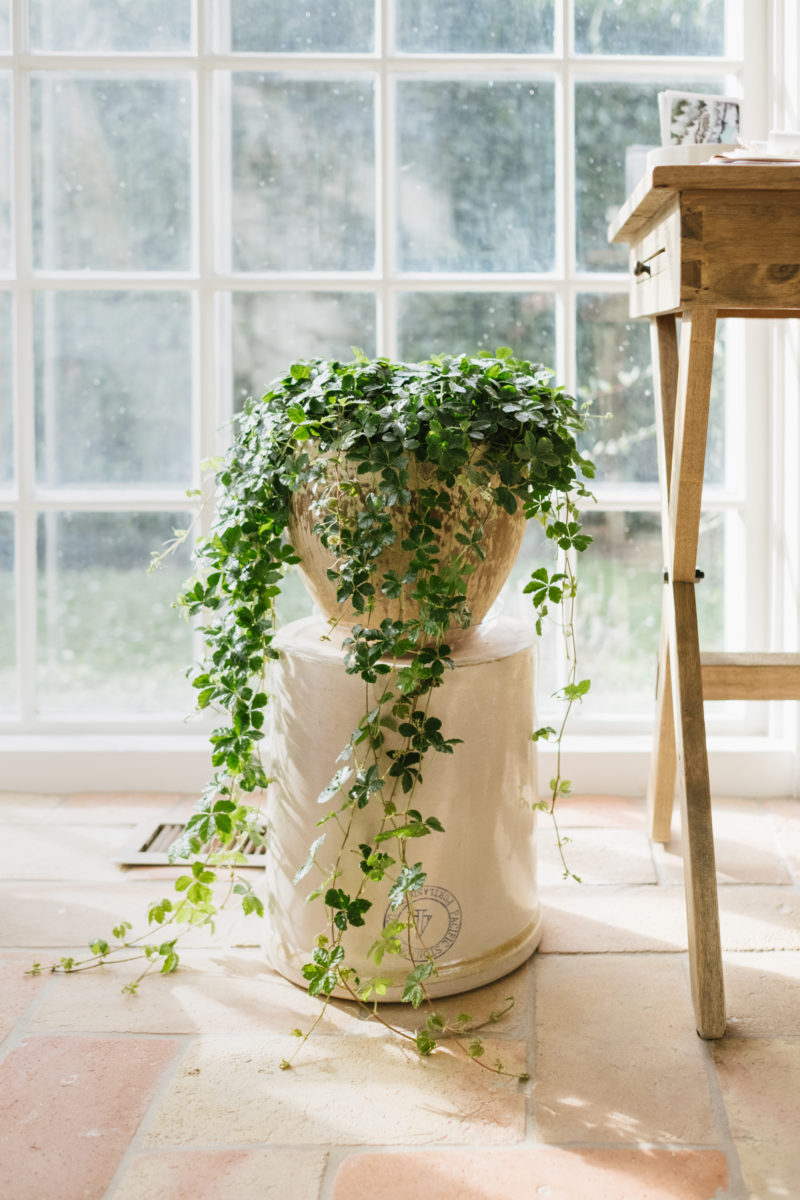
Here’s our resource list:
LED lights and timer: We hung our lights from the shelves with the included chains and hooks. They save energy, emit very little heat, and have a great natural sunlight tone (none of that glaring fuchsia pink), making it possible for us to continue to use the room for art and office work.
Seed trays and covers: You can purchase these at any garden store, as well. We bought 72 cell plastic inserts and some peat pots for larger seeds, like the Sweet Peas.
Heat mats, fish emulsion for liquid fertilizer, and potting soil.
Watering can: honestly, mostly for looks as we bottom water the trays and use the kitchen sink or hose outside. But it’s adorbs!
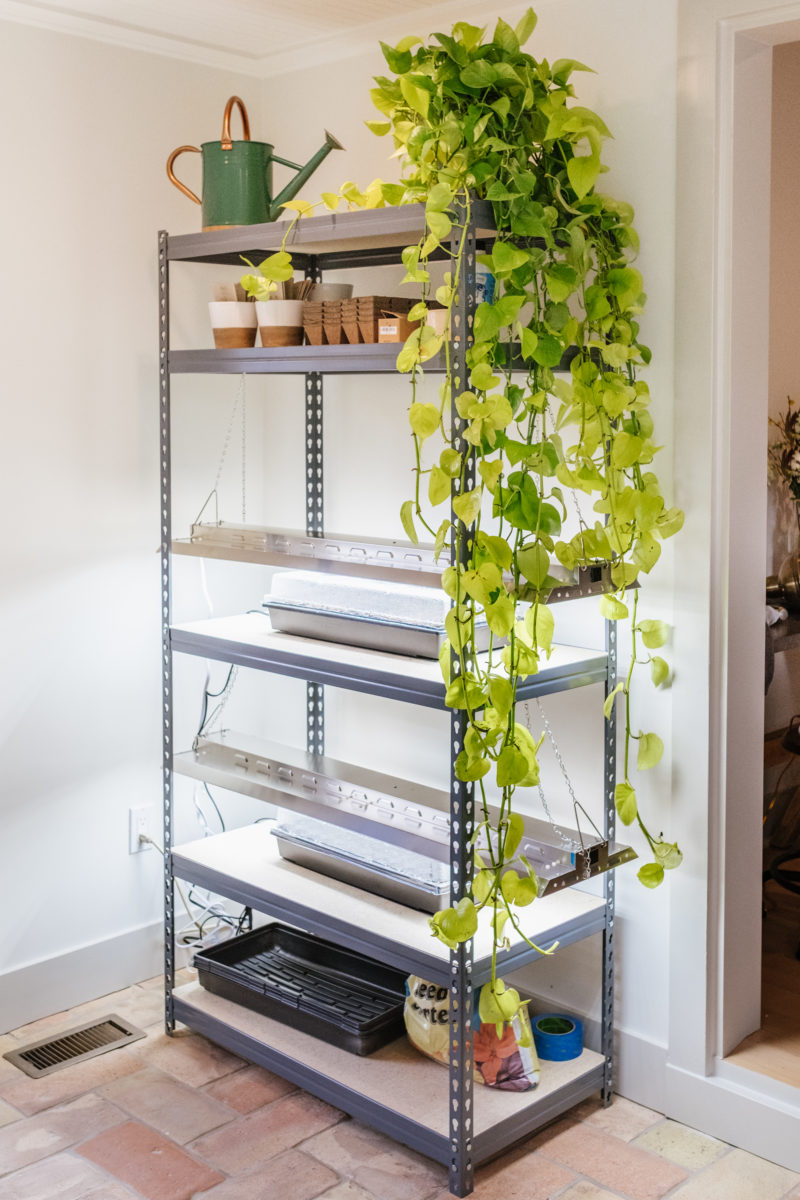
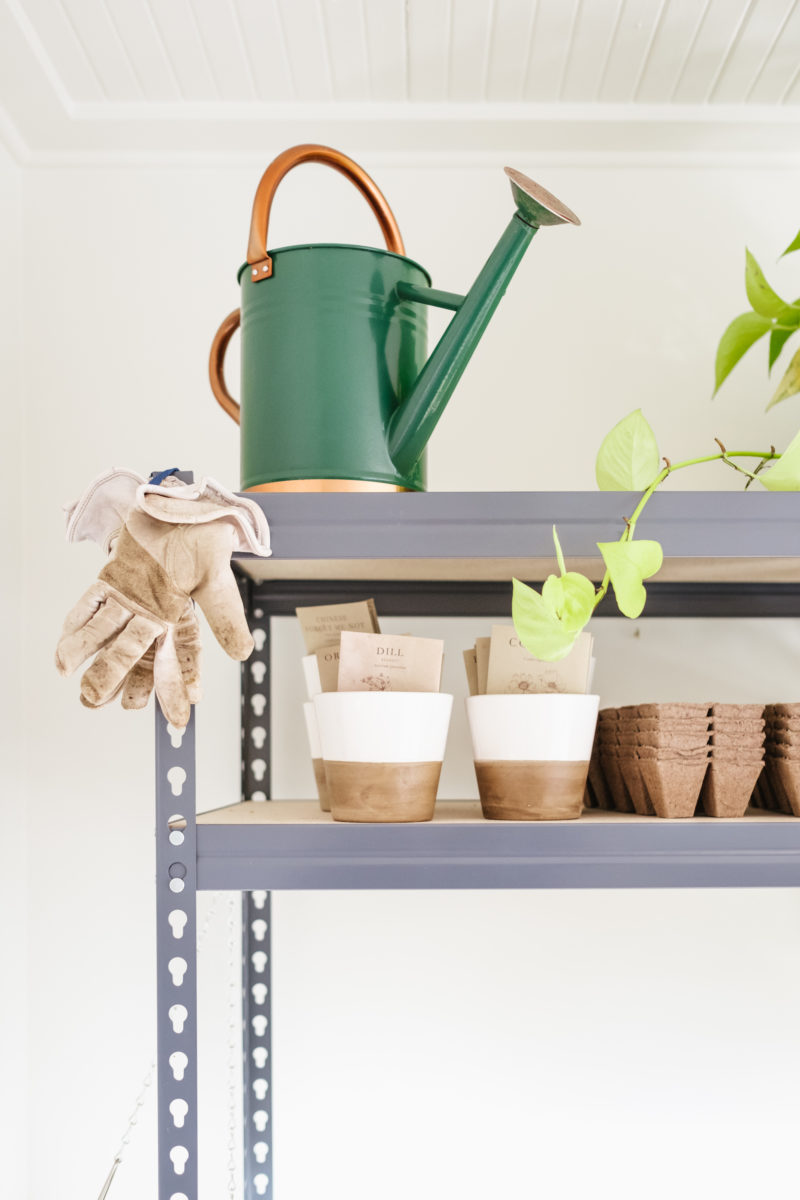
To keep everything organized and on schedule, I created a spreadsheet with fields for the seed variety, germination needs (light/no light, etc.), and seed start date based on the last frost timing for our area. Based on this schedule, we planted the first four of our chosen varieties a couple of weeks ago, and they’re getting on beautifully.
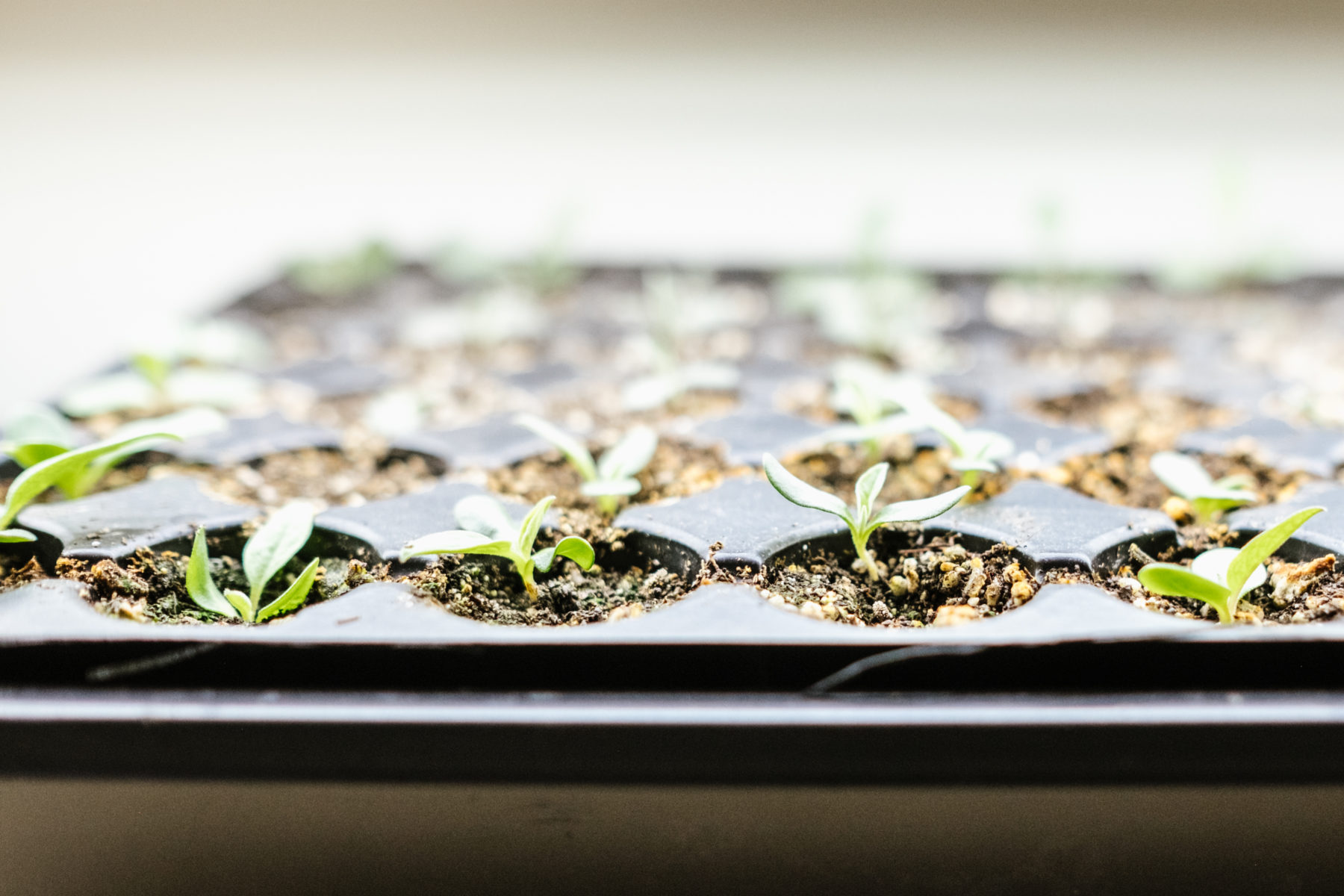
I CAN’T WAIT to see how all these beauties blossom this spring! Home-grown flower arrangements in our rental properties (and on my desk), coming soon.